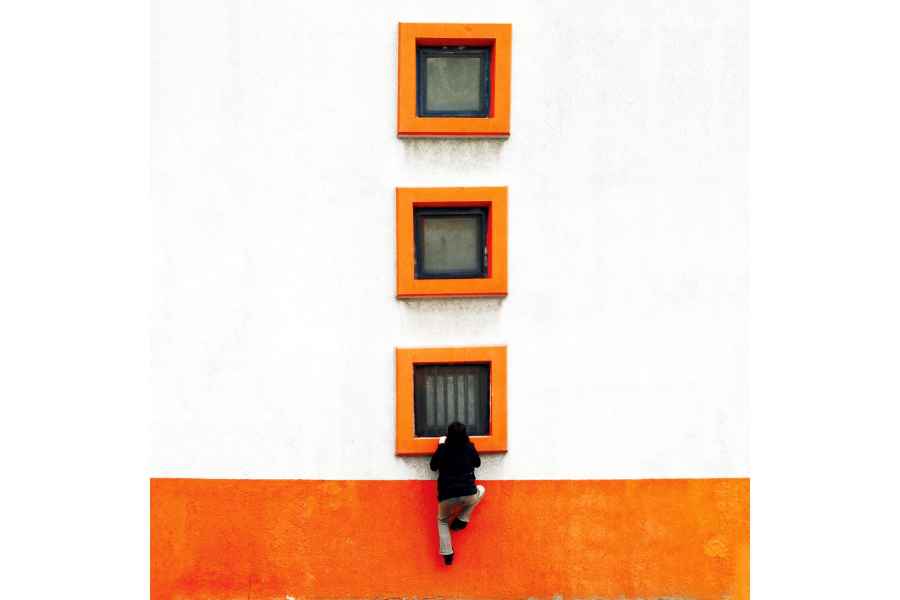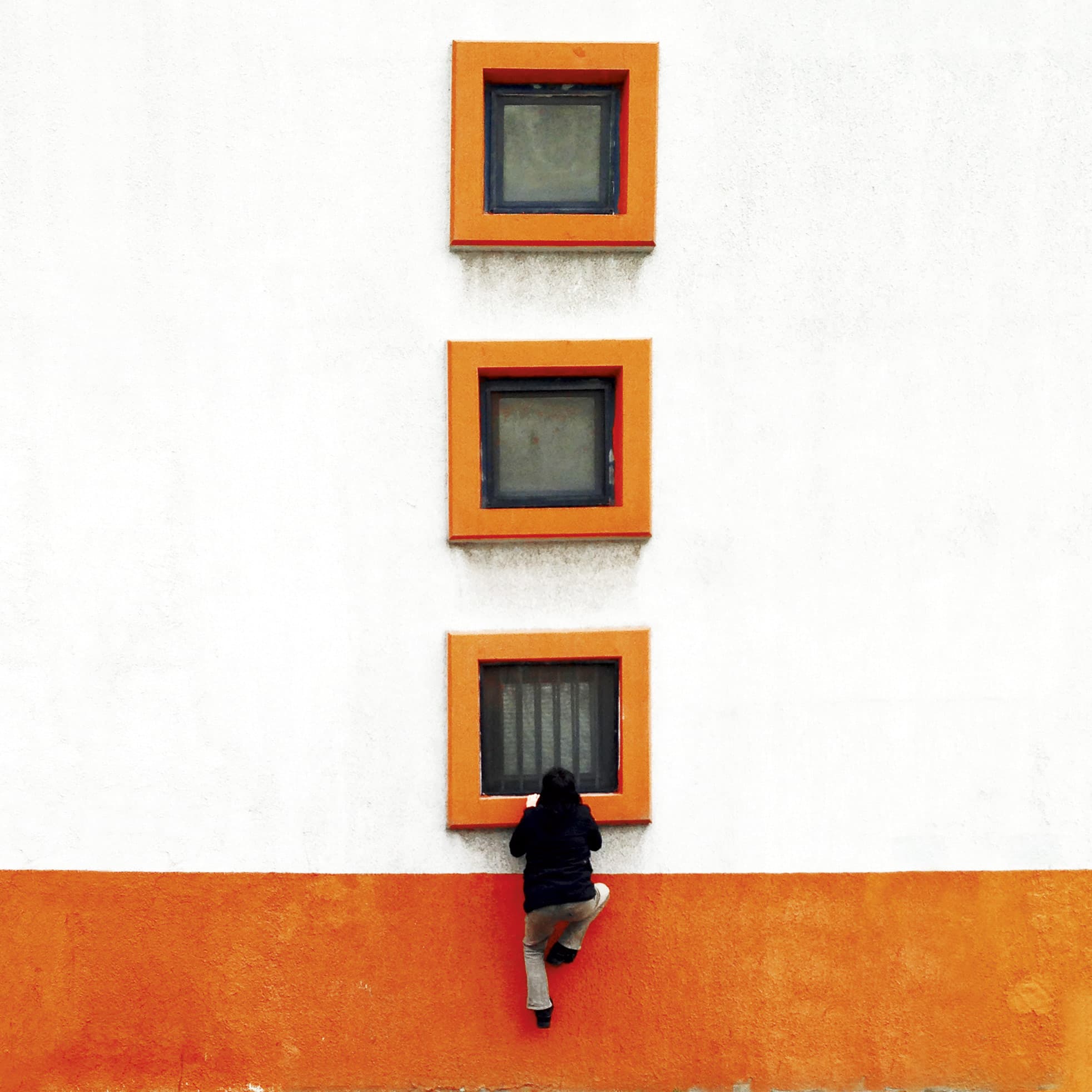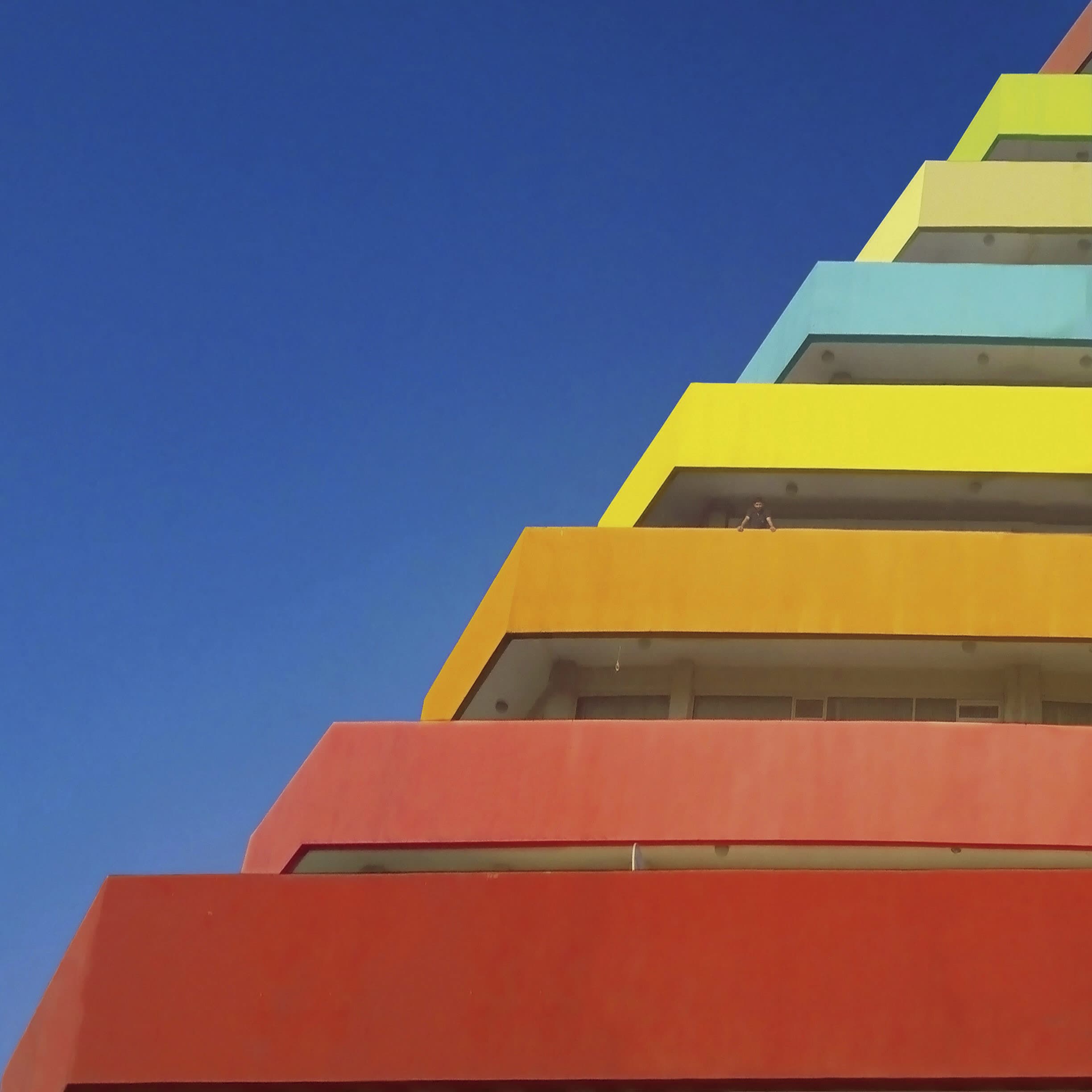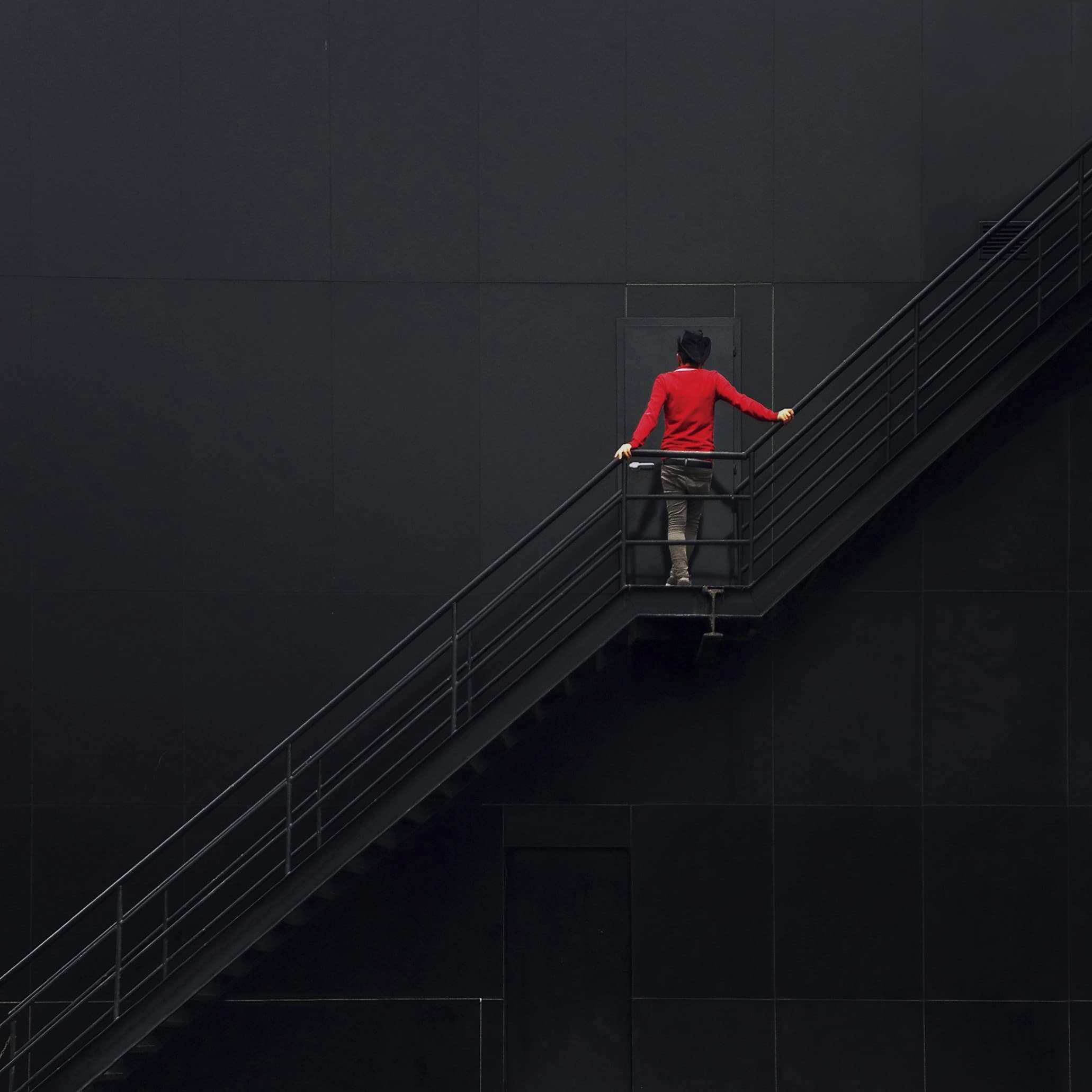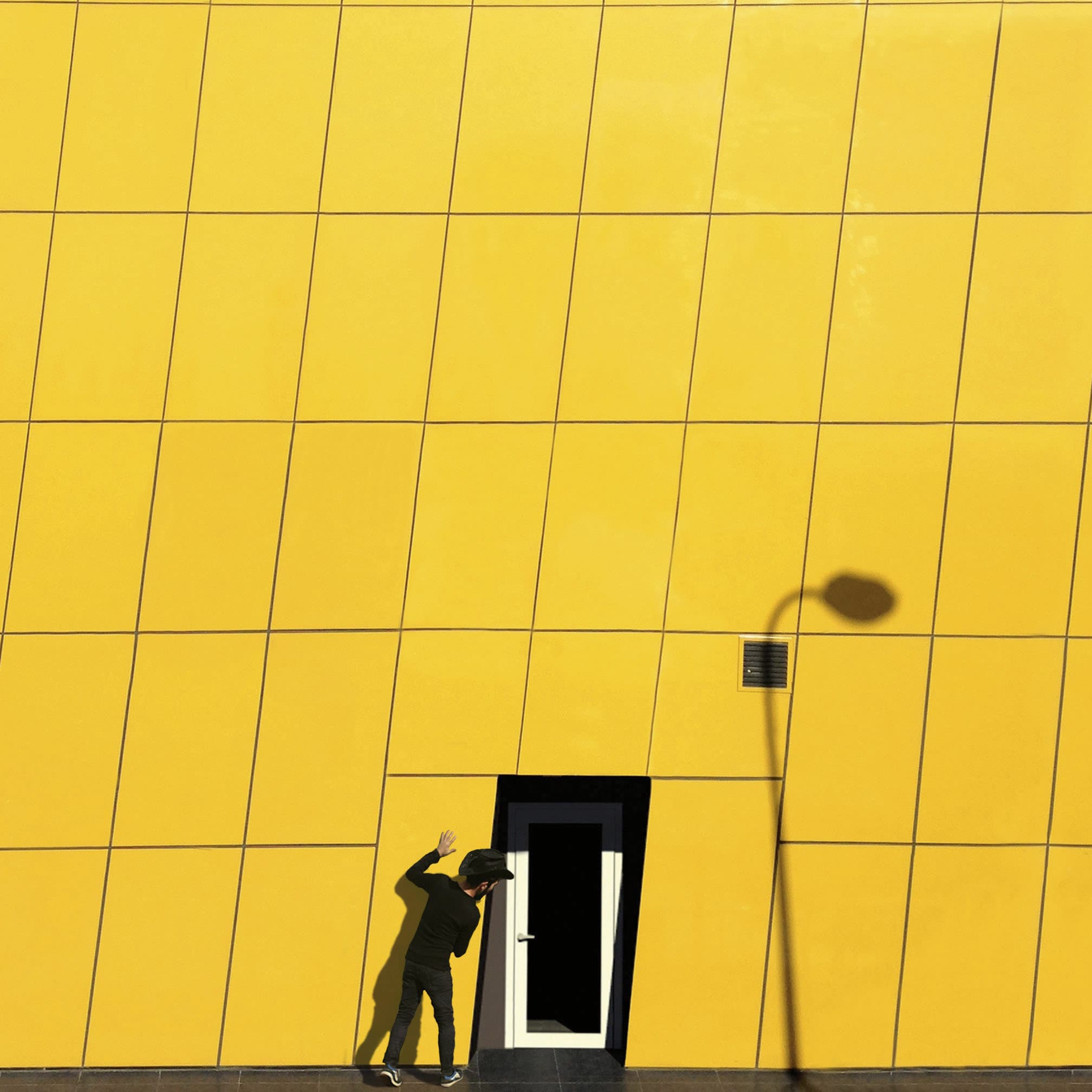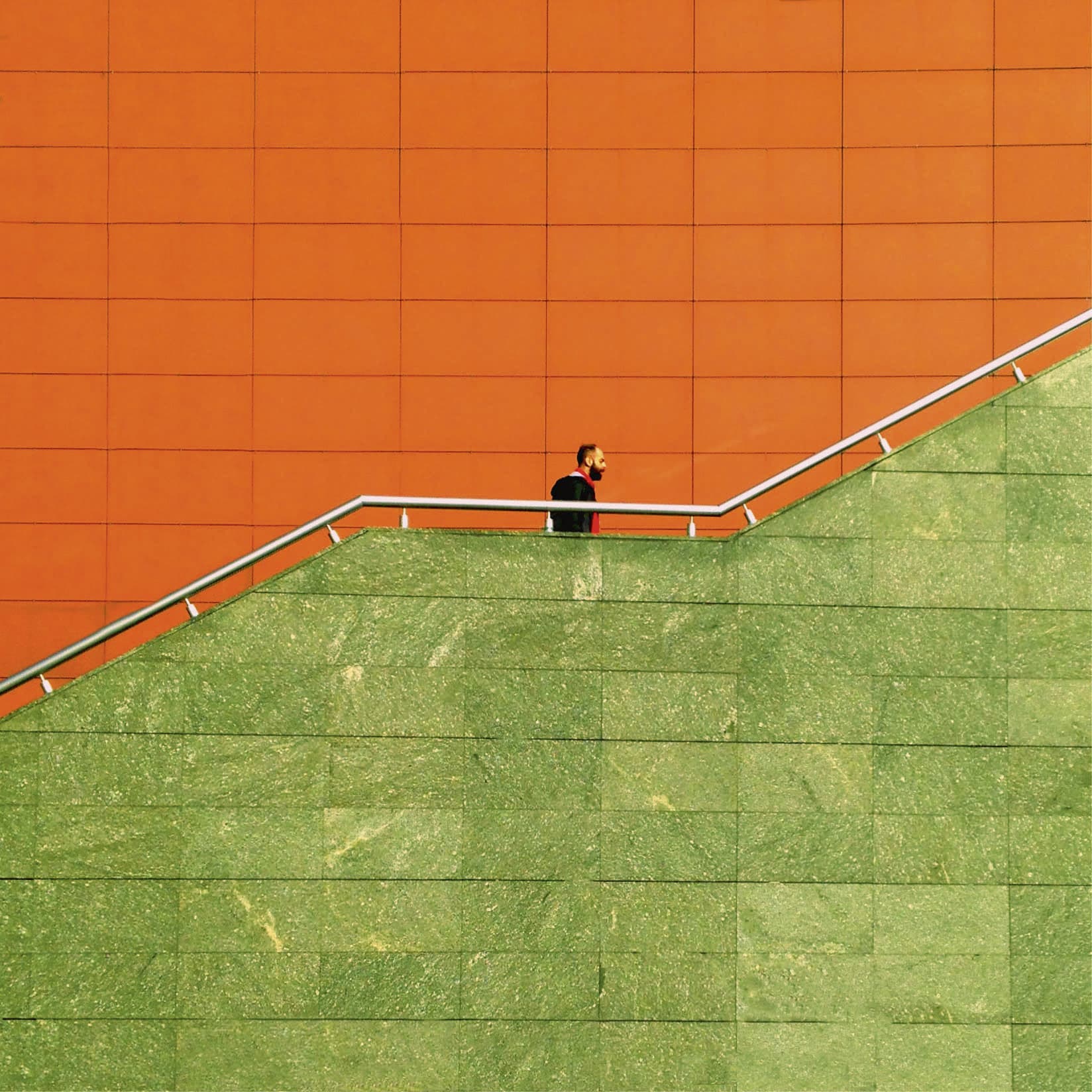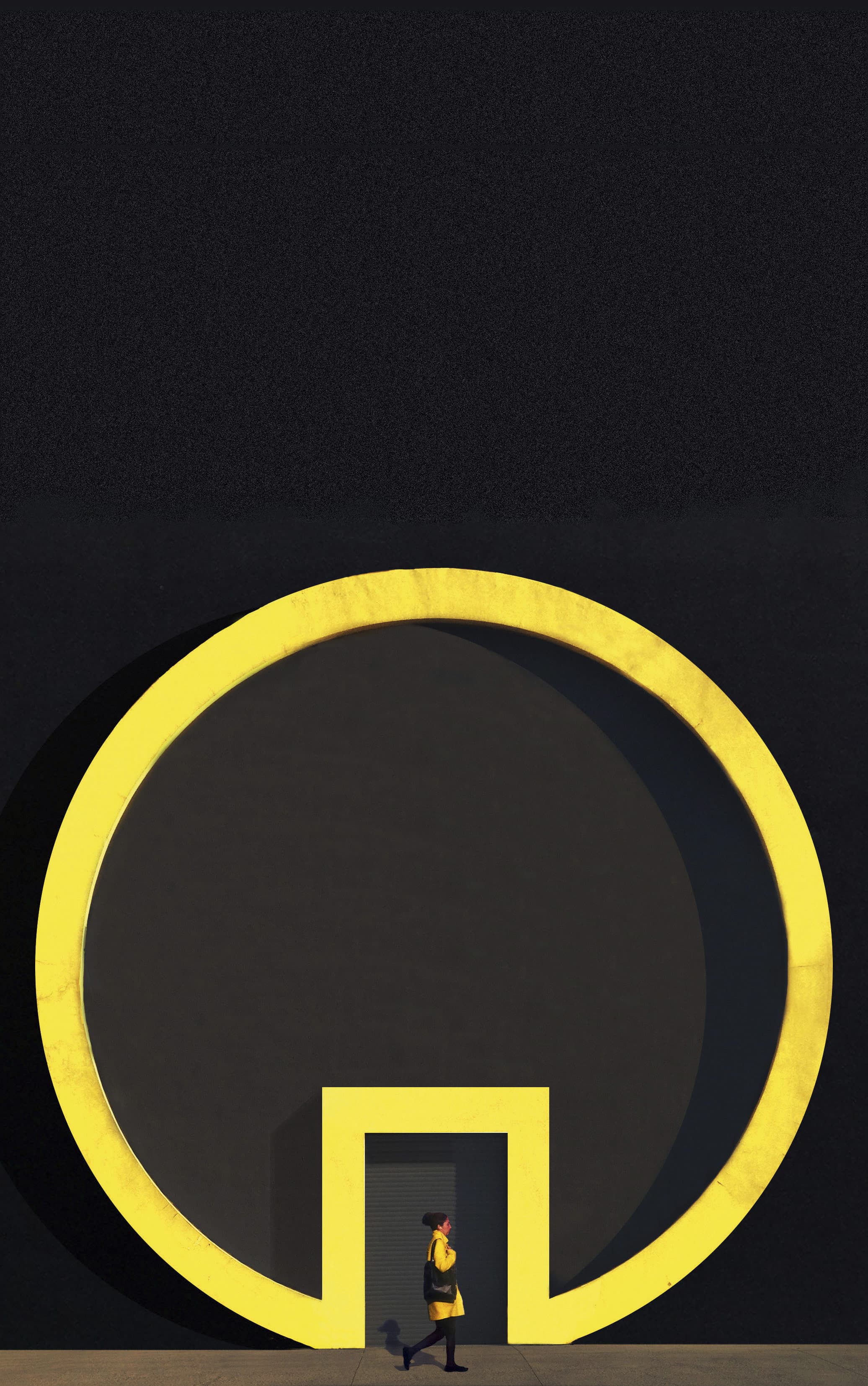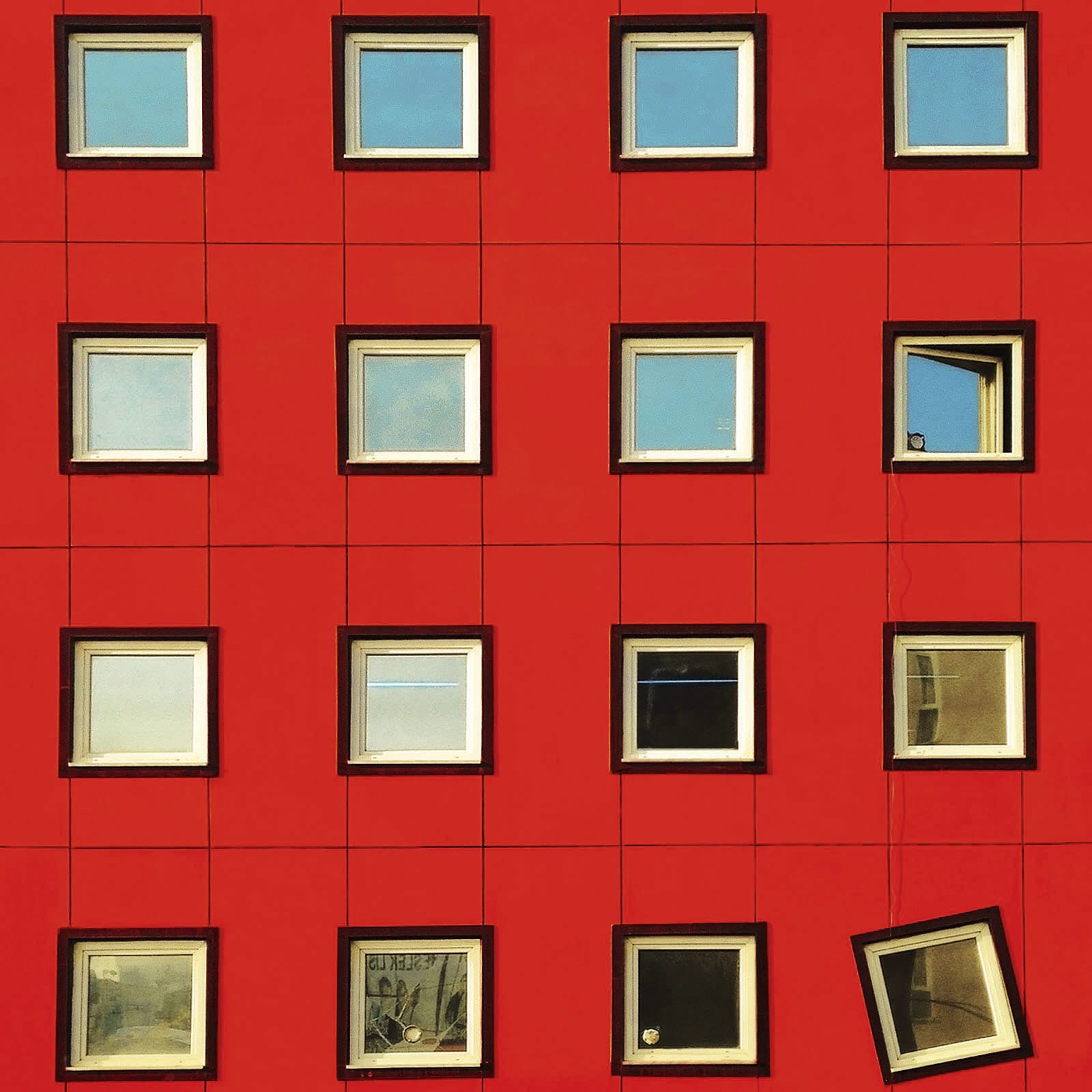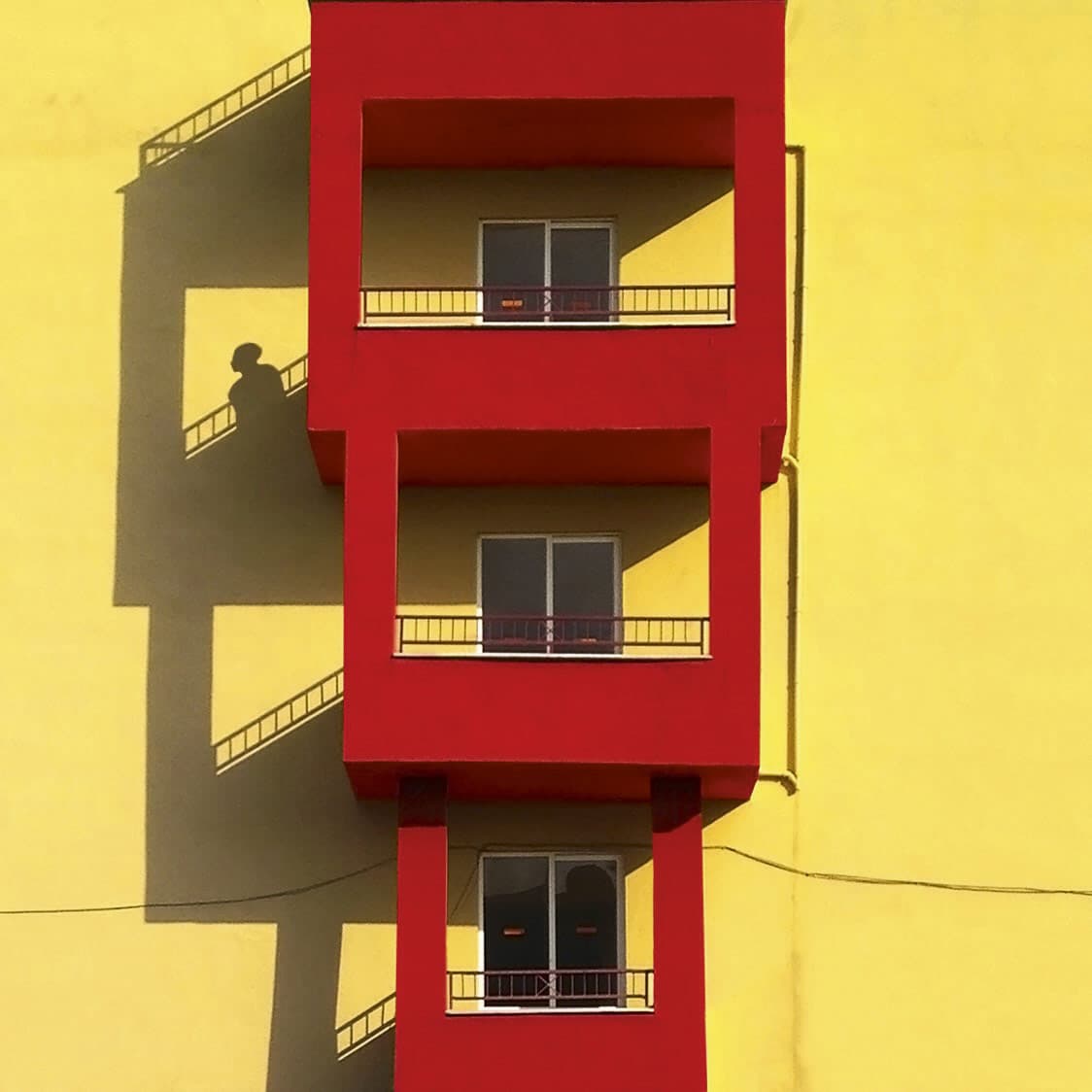When you think of Turkey, a noble and ancient land set against celestial mountain ranges and a trio of exotic seas, the country’s tropical beach resorts and distinguished Ottoman and Byzantine architecture come first to mind.
But Turkey is currently undergoing a cultural revolution. Bold and brash architectural designs, cutting-edge contemporary structures and controversially coloured buildings are popping up in pockets all over its urban jungles, jump-starting the world’s conception of what the country has to offer.
Until now, this revolution has been a slowly unfolding secret in this historic gateway linking Europe and Asia, but one man is using his passion, determination and smartphone to lift the lid on his country’s monumental makeover.
Yener Torun, far from being a professional photographer, is a qualified, experienced and fully fledged architect. However, his minimalist masterpieces taken on his everyday Apple iPhone 5, and later an iPhone 5C, have propelled him with astonishing force into the photography world, winning praise, not to mention legions of fans, across the world.
His regularly updated Instagram account offers a virtual window onto Turkey’s most fascinating and colour-clad properties.
‘I had no serious experience in photography before registering on Instagram,’ reveals Yener, who has since accumulated an incredible 50,000 followers.
‘I used to take photos on my vacations, but I never adopted any sort of style. They were just regular holiday photographs that you see every day on Facebook. Recently I realised that Istanbul was still being portrayed one-dimensionally in photography. I love the usual images associated with Turkey, but in my own photography I wanted to do something different.
‘Istanbul is famous for its history and exoticism, but it is also a modern and developing city and I believed that a different approach would provide a better understanding of it. I wanted to show less well known parts of it, so I started digging around in every corner to unearth its gems.’
Treasure hunt
Like a slightly obsessed Art Nouveau architectural Indiana Jones, Yener became passionately driven in uncovering these rainbow-coloured edifices to share with the world, but the 32-year-old architect’s biggest challenge was finding them in the first place. ‘I love it – it’s like a treasure hunt and that makes my work more interesting to me.
‘Istanbul is a vast city but it’s full of grey and dull buildings, so I spend most of my time wandering around neighbourhoods I’ve never been to before. Then, after hours of walking and searching, finding what I want is a real victory.’
Yener has been photographing the city for two years and claims that his usual stalking grounds tend to be far from the central and historical areas of the city. ‘I visit industrial areas or developing neighbourhoods to find the modern lines, geometric patterns and vibrant colours I need,’ he says.
‘I usually visit these places more than once and sometimes at various times of the same day to observe the different light and shadow effects, in order to see how I can use the background differently.’
Yener, who was born in Turkey and still based there, might not have the ‘typical’ camera set-up of a professional, but his images consistently reveal his photographic eye and a strong sense of style that some people take a lifetime to develop.
‘I photograph an alternate universe with its own laws and that helps to abstract my photos from the reality, which is what makes my photographs more personal than they look.
‘My discovery in the city includes self-discovery too. This makes my work more layered than it looks at first glance, while keeping the intention to show the unknown, modern and colourful side of Istanbul. In essence, it opens a window into my inner world, and it provides a connection between me and my viewers using the colourful treats of the city as interfaces.’
Colour and pattern
The majority of Yener’s work resoundingly presents the three overriding conventions of minimalist photography, successfully rendering the main subject small by utilising expansive backdrops, while incorporating dominant areas of highly saturated colour and pattern. Minimalism is derived from the reductive aspects of Modernism, first emerging in the arts after the Second World War and rising in popularity in the 1960s and early 1970s, particularly in America.
In the case of photography, the genre marries well with modern architecture thanks to the influence of bold colours and repeating patterns, and as Yener has cunningly discovered it can be pursued with minimal equipment.
‘I always try to use geometry and colours in the most effective way,’ he says. ‘I believe colour has a positive effect on people and therefore my photos hopefully have a positive effect on the viewer. Colour inspires me to compose fun photographs, so I pay attention to colour coordination between the human element and the background. The way the colours interact with the background is usually different than anyone would expect, and it’s this colour coordination that makes the image more effective and appealing.
‘My images have their own physics and rules, which I define using geometry and colours, and the people in my pictures act according to these rules. I like to focus on only the things I want to, which makes the image more powerful, if composed well. It is a direct and strong approach, as in my opinion minimalist photos should be peaceful for the viewer to look at.’
Post-shoot, Yener tinkers with his haul using Photoshop. He learned to use the software while studying to become an architect. ‘I sometimes adjust the light and boost the colour settings to make my photos more vibrant, and I also edit perspective to make the subjects straighter, he adds.’
So what is it that Yener has that others don’t? The 14-year Istanbul resident believes it’s his love of architecture and experience in this industry that has stemmed a level of insight other photographers can’t compete with.
‘I use architectural elements in most of my photographs,’ he says. ‘I find everything I need in architecture: colours, patterns and geometry. The education I have had and my work experience as an architect have helped me to see many details easier than anyone else, for sure. Also, as I have worked in Istanbul for years, I know about most of the new projects and that makes it easier for me to find the buildings I’d like to photograph.’
While his humble camera phone has got him this far, Yener says he’s reached a point where he’s realised his potential and is relishing the possibility of becoming a professional photographer. Not only has he stepped up his kit, recently investing in a Samsung NX30 and appropriately wide 18-55mm lens, but he has also quit his day job.
‘Lately, I’ve started believing that I can work as a full-time photographer,’ he says. ‘I used to shoot only on weekends, but lately I shoot almost every day. I quit my day job a few months ago and now I mainly focus on my photography. If the weather is good, I go out early in the morning and I shoot until dusk.’
It’s this frequency of shooting, editing and sharing new images every two days that has helped cultivate Yener’s fan base, taking his work viral and sky-rocketing his profile into the big leagues. ‘They love seeing a different side of Istanbul,’ he explains. It’s a side even some long-term residents aren’t aware of. It’s refreshing for everyone, and presenting this less well known side with a decent style makes my photographs more appealing.’
Further afield
As well as shooting in Istanbul, Yener’s passion has taken him to other cities in his native Turkey, including his birthplace of Tokat and hometown Marmaris, as well as venturing further afield to European architectural hot spots such as Vienna and Prague.
‘Instead of targeting certain buildings, I’d like to visit cities such as Barcelona, Amsterdam, London, Paris and Copenhagen, and some other popular places, to discover their lesser known sides,’ he adds.
‘I am sure all these cities have many hidden treasures waiting to be discovered by me. My plan is to go there and breathe in their atmosphere and experience the streets by walking them, and then I will see what I can do.
‘One day I hope to sell prints of my images via my upcoming website (yenertorun.com) and publish a photo book about Istanbul. I would love to display my work in an exhibition too, but since I am very new to photography I don’t yet know how these things are arranged.
‘I want to continue making similar series of other cities all around the world, but as I’m reliant on my own financial means, creating a series for each city will take a long time. But I am looking for sponsors and partnerships to speed up the process.’
Digital technology has done for photography what The X Factor has done for music. Traditionalists argue that it’s diluted the integrity of the medium, but it’s unquestionably blown open the doors to what was once an exclusive club, allowing enthusiasts of all ages, backgrounds, budgets and abilities to have a go. What’s more, the giant strides made in smartphone technology have given casual shooters the tools, albeit basic ones, to develop their photographic eye.
Perhaps smartphones, and even his new CSC, are considered ‘modest equipment’ to the seasoned shooter, but if Yener’s story teaches us anything, it’s that you don’t need expensive cameras to take groundbreaking photos and make a name for yourself.
Yener’s 5 Shooting Secrets
Whether you’re using a smartphone or a DSLR, Yener’s secrets to shooting minimalist masterpieces are sure to help you
1. Rules
‘I’ve always loved simplicity and almost all my photos are composed using geometry: symmetry, strong lines, patterns, which help to define the borders of the frame,’ he says. ‘Just look at a random selection of photos from my gallery and you’ll see these rules jump out at you.
2. Light
‘I tend to only shoot on sunny days. The reason I do this is because I need strong light in order to accentuate the colours in front of me.
3. Shoot, rinse, repeat
‘If the shot is candid, I take two or three and select the best one. But if it is staged, I sometimes take up to ten photos to try to work every possibility. If I don’t like any of the images I’ve captured, I’ll keep revisiting the place until I get what I want.
4. Location, location…
‘I visit every location at least twice. First I discover a place I like, and then I revisit when I decide how to use it.
5. Create your own style
‘When I find a place I want to use, I close my eyes and imagine the scene in my mind. And that scene usually happens to be weird and funny.’
You can follow Yener Torun on Instagram – @cimkedi

